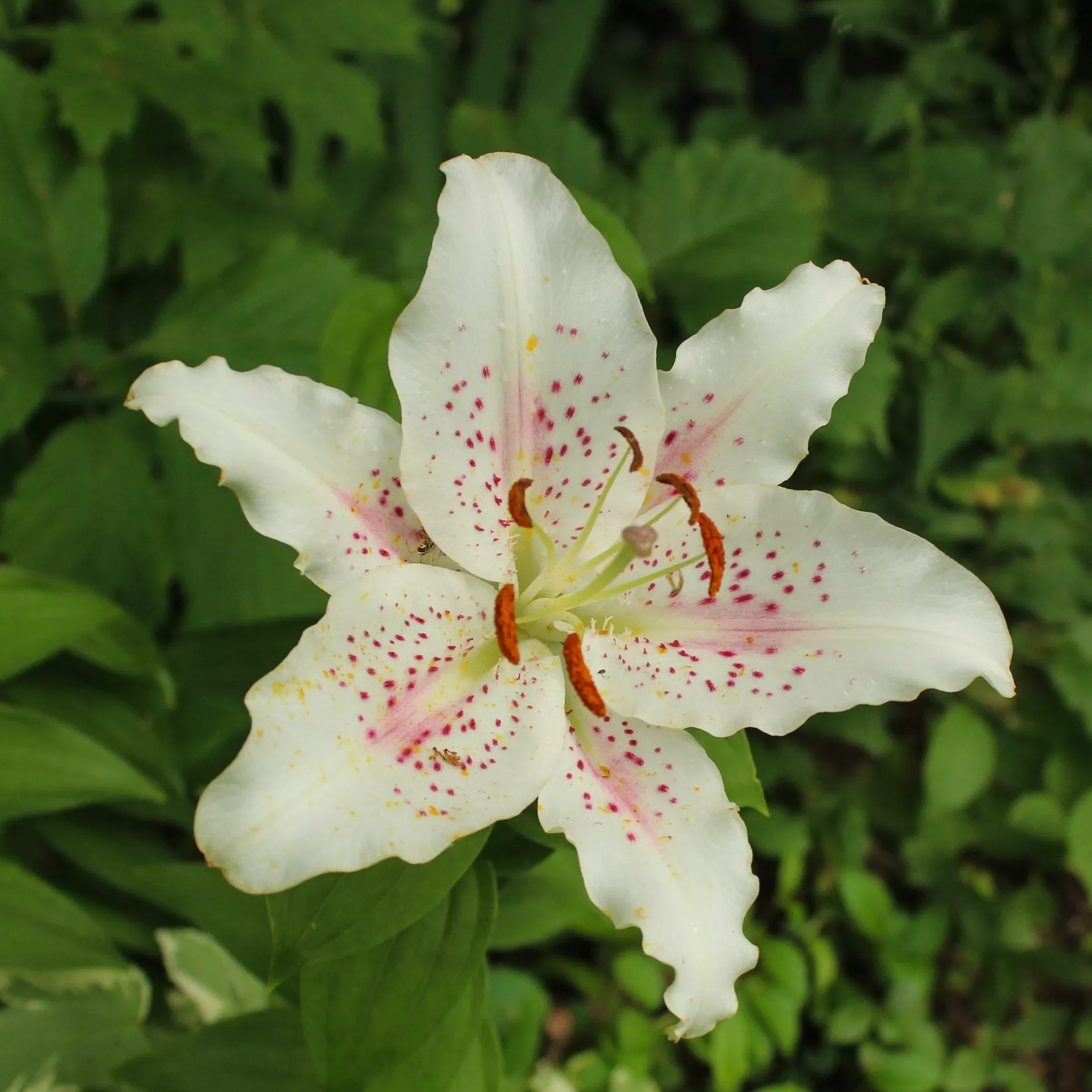Stamp: Health - Girls & Peace Lily 50c + 10c (New Zealand 2007)
Health - Girls & Peace Lily 50c + 10c (New Zealand 2007)
05 September (New Zealand ) within release Children's Health. Peaceful World goes into circulation Stamp Health - Girls & Peace Lily 50c + 10c face value 50+10 New Zealand cent
| Stamp Health - Girls & Peace Lily 50c + 10c in catalogues | |
|---|---|
| Michel: | Mi: NZ 2454 |
| Unificato: | Un: NZ 2511 |
Stamp is vertical format.
From Souvenir SheetAlso in the issue Children's Health. Peaceful World:
- Stamp - Health - Boy Holding Crane $1 + 10c face value 1+0.10;
- Stamp - Health - Girl & Dove 50c + 10c face value 50+10;
- Stamp - Health - Girls & Peace Lily 50c + 10c face value 50+10;
- Stamp with Collectible Margin - Health - Peace Lily - Sheet Header face value 4*(50+10);
- Stamp - Health - Peace Lily 50c + 10c face value 50+10;
- Stamp - Health - Peace Lily 50c +10c - Coil Issue face value 50+10;
- Souvenir Sheet - Health 2007 Peaceful World souvenir sheet - perf 14 face value 2+0.30;
Stamp Health - Girls & Peace Lily 50c + 10c it reflects the thematic directions:
Biologically, a child (plural: children) is a human being between the stages of birth and puberty. The legal definition of child generally refers to a minor, otherwise known as a person younger than the age of majority. Child may also describe a relationship with a parent (such as sons and daughters of any age) or, metaphorically, an authority figure, or signify group membership in a clan, tribe, or religion; it can also signify being strongly affected by a specific time, place, or circumstance, as in "a child of nature" or "a child of the Sixties". There are many social issues that affect children, such as childhood education, bullying, child poverty, dysfunctional families, child labor, hunger, and child homelessness. Children can be raised by parents, by fosterers, guardians or partially raised in a day care center.
A flower, sometimes known as a bloom or blossom, is the reproductive structure found in plants that are floral (plants of the division Magnoliophyta, also called angiosperms). The biological function of a flower is to effect reproduction, usually by providing a mechanism for the union of sperm with eggs. Flowers may facilitate outcrossing (fusion of sperm and eggs from different individuals in a population) or allow selfing (fusion of sperm and egg from the same flower). Some flowers produce diaspores without fertilization (parthenocarpy). Flowers contain sporangia and are the site where gametophytes develop. Many flowers have evolved to be attractive to animals, so as to cause them to be vectors for the transfer of pollen. After fertilization, the ovary of the flower develops into fruit containing seeds. In addition to facilitating the reproduction of flowering plants, flowers have long been admired and used by humans to beautify their environment, and also as objects of romance, ritual, religion, medicine and as a source of food.
Lilium (/ˈlɪliəm/ LIL-ee-əm) is a genus of herbaceous flowering plants growing from bulbs, all with large and often prominent flowers. Lilies are a group of flowering plants which are important in culture and literature in much of the world. Most species are native to the Northern Hemisphere and their range is temperate climates and extends into the subtropics. Many other plants have "lily" in their common names, but do not belong to the same genus and are therefore not true lilies. True lilies are known to be highly toxic to cats
Flora is the plant life occurring in a particular region or time, generally the naturally occurring or indigenous—native plant life. The corresponding term for animal life is fauna. Flora, fauna and other forms of life such as fungi are collectively referred to as biota. Sometimes bacteria and fungi are also referred to as flora, as in the terms gut flora or skin flora.




